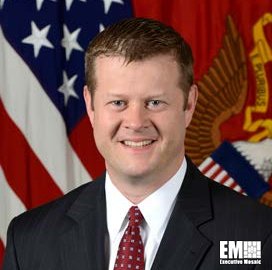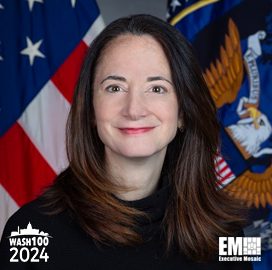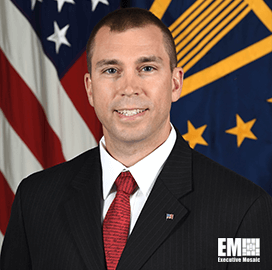A memorandum of understanding has been signed between the Department of Commerce’s Economic Development Administration and the Department of Defense’s Defense Innovation Unit.
The aim of the MOU is to integrate the Tech Hubs Program of the EDA — which seeks to invest in U.S. regions that could become globally competitive in critical technologies and industries — with the regional outreach initiatives of the DIU, according to a news article posted Monday on the DIU website.
The ultimate goal of the effort is to help connect U.S. innovations to scaling, commercialization and procurement opportunities.
EDA Deputy Assistant Secretary Cristina Killingsworth commented on the agreement, saying it will help innovators in the U.S. better take advantage of connections, assets and resources. She went on to say that members of the Tech Hub consortia “will gain insights into DoD needs, have opportunities to showcase cutting-edge technologies—from autonomous systems to durable batteries—and hopefully secure contracts to supply these critical innovations to DoD.”
For her part, DIU Deputy Director for Commercial Operations Liz Young McNally said the agreement will allow her agency to better act as an “on-ramp” for organizations that seek to work with the DOD and the rest of the government.
McNally added that because of its regional economic development work, EDA is “an ideal partner” for the DIU, which helps commercial companies scale their work and deliver capabilities to warfighters.













